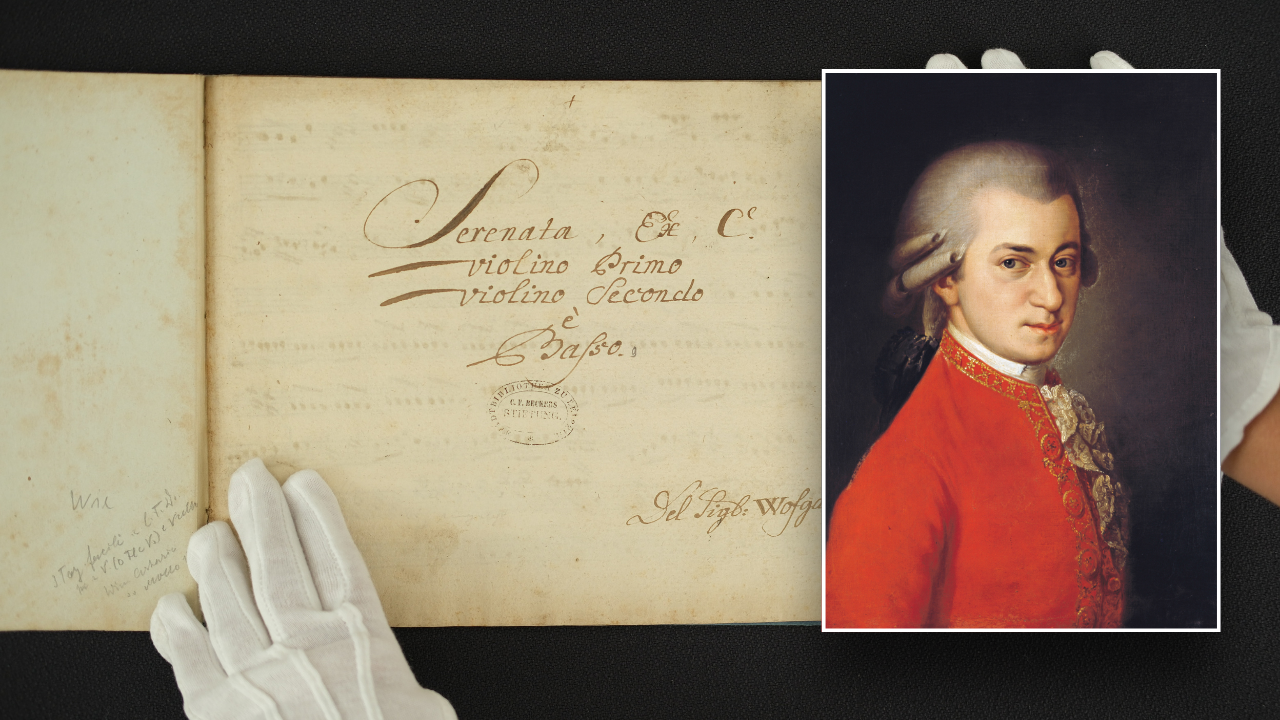A six-pack of planets will line up and light up the night sky this week, folks.
On August 28th, Mercury, Mars, Jupiter, Uranus, Neptune, and Saturn will align for our viewing pleasure. The best time to catch sight of this rare planetary parade is early morning, just before sunrise.
Bonus: depending on cloud coverage, the moon will also be visible.
What is a planetary alignment?
A planetary alignment goes down, up high, when more than two planets align in the sky. If three planets align, it’s known as a mini-planetary alignment; four makes for a small planetary alignment, five or more is considered large, and on the ultra-rare occasion that eight, or eight plus Pluto are in alignment, we have a great, or full planetary alignment.
What is a planetary parade?
When we have five or more planets filing into a small sky area, an alignment is upgraded to parade status, not an official astronomical term but one that is used fast, loose, and with a touch more whimsy than those space geeks usually allow for.
This week’s event makes the cut.
As Time Magazine reports, far from being a straight line, a planetary parade is mostly an optical illusion. Unlike the 1974 alignment of Jupiter, Saturn, Uranus, and Neptune captured by the Voyager spacecraft, the planets visible on August 28th will be flung across the sky at varied depths, distances, and positions.
Time likens the phenomenon to, “randomly placing six different people at six different spots in a field and positioning yourself so that you can gather them all in your camera lens at once.”
When is the parade of planets?
The ideal time for viewing this celestial happening is about an hour before sunrise on the 28th, about 5:20 AM for folks in New York.
If you miss your pre-dawn wake-up, fear not – the alignment will be visible for a few days after.
Where to watch
As with all awe-inspiring cosmic phenomena, the closer you get to dark sky communities and the further away you get from light pollution, the more prime your view will be. Mercury, Mars, Jupiter, and Saturn will be visible with the naked eye, but you’ll need a telescope or a pair of high-powered binocs to catch sight of Neptune and Uranus.
The plants will become visible at different times and in different colors;
Saturn will stroll out first. Visible in the late evening, the planet will take on a yellowish hue. Neptune comes in second, appearing near the Pisces constellation, followed by Uranus. Jupiter and Mars will rise near the waning crescent moon. Mercury will rise last and just before dawn.
How to know you’re seeing a planet and not a star
Jupiter will be easy to recognize as it will be second only to the moon as the brightest luminary in the dark sky. The rest of the lineup is a little fainter and, thus, a touch tougher to distinguish.
A key difference? Planets, unlike stars, do not twinkle.
While using your phone will, in some ways, diminish your dark sky viewing experience, using an astronomy app like Starwalk ensures you’re looking up and at the correct target.
When is the next planetary alignment?
After this week’s parade the next alignment will be on January 18, 2025 when six planets; Mars, Jupiter, Uranus, Neptune, Saturn, and Venus will appear together in the night sky.
The following month, on February 28, 2025, SEVEN planters; Saturn, Mercury, Neptune, Venus, Uranus, Jupiter, and Mars will be visible together.
Astrology 101: Your guide to the star
Astrologer Reda Wigle researches and irreverently reports back on planetary configurations and their effect on each zodiac sign. Her horoscopes integrate history, poetry, pop culture, and personal experience. To book a reading, visit her website.
Read the full article here


















